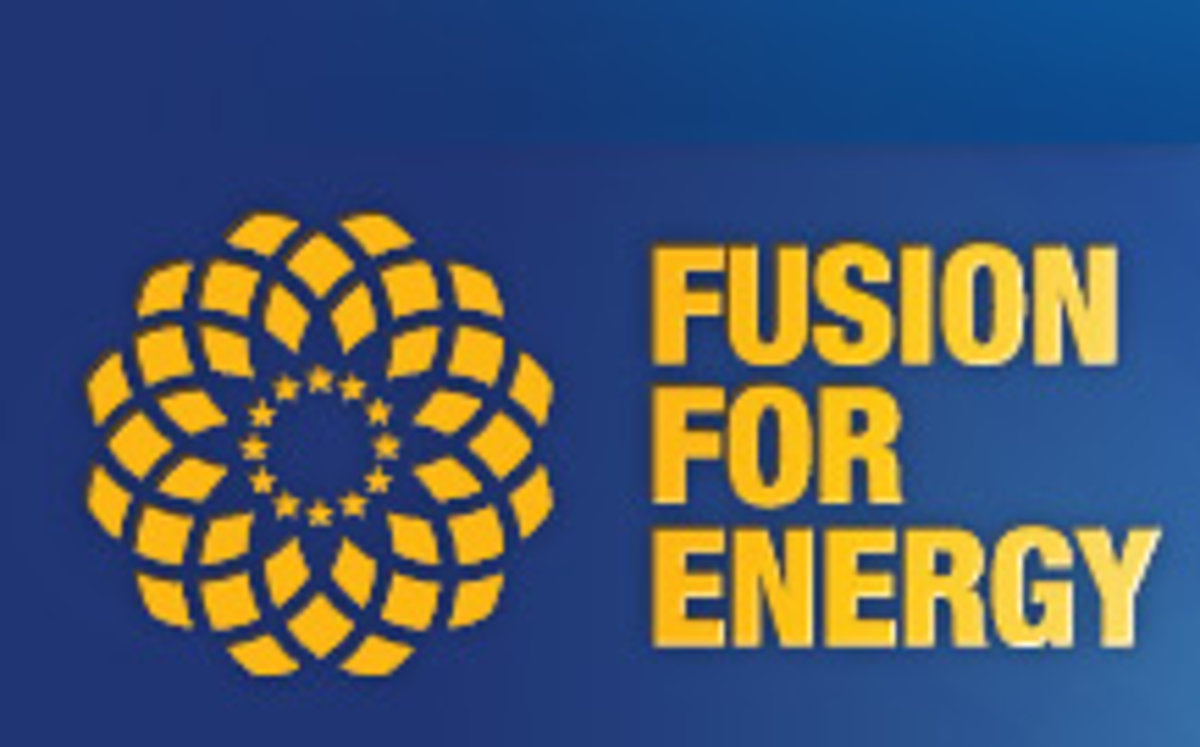
It is the EC heating system that will heat the plasma in the ITER machine to the sweltering temperature of 150 million degrees C necessary for the fusion reaction to occur by transferring the energy from electromagnetic waves into the plasma electrons. These radiofrequency (RF) waves are generated by devices called gyrotrons located some 100 metres away from the tokamak. The RF waves are guided to the launchers attached to port plugs of the vacuum vessel for injection into the plasma, so that they can transmit their energy to the electrons.
Responsible for providing six of the ITER gyrotrons (the remaining 18 gyrotrons will be delivered by the Russian, Japanese and Indian ITER Domestic Agencies), F4E is working on the development of the final gyrotrons for ITER which will exude radio frequency waves of 170 GHz – the work is being carried out step-by-step on various different gyrotron prototypes. In collaboration with the European Gyrotron Consortium (EGYC) (which consists of several European Fusion Laboratories, namely KIT - Germany, CRPP - Switzerland, HELLAS - Greece, CNR - Italy, and USTUTT- Germany, and ISSP - Latvia as third parties) and Thales Electron Devices (TED), a French company, fabrication and testing is being done on short-pulse gyrotrons (where the radio frequency of 1 MW is typically produced for a few milliseconds, and where the gyrotron has a very limited active cooling so it is especially adequate for testing different subassembly configurations). In parallel, a long pulse Continuous-Wave (CW) industrial prototype, which will produce a radiofrequency wave of longer duration of several minutes, is being manufactured and will be delivered during the autumn.
Also, a mock-up of the cavity, the gyrotron subassembly where the radio frequency waves at 170 GHz will be generated, is currently being developed by TED and F4E and tested at the FE200 high heat flux test facility of AREVA, a company based in France. The inner walls of the gyrotron cavity, a small cylinder with a diameter of 40 mm and a length of 15 mm, made out of a Glidcop Copper-based alloy (which is especially adequate to withstand high temperatures while maintaining a high electrical conductivity), is the most critical in terms of heating. During the generation of the radio frequency waves, some energy will be lost and will heat the walls of the cavity with more than 20 MW/m2. Pushing the limits of the technology of today, these high thermal heat loads will be dissipated using a specific water cooling technique. In order to verify the capabilities of this cooling technique, detailed computational fluid dynamic analysis has been performed by the Polytechnic School of Turin.
The work on the gyrotron prototypes and cavity mock-up follows a development programme which specifies project goals in order to reduce the technical risks and monitor progress. The first project goal was reached in the holding of a meeting to carry out the pre-validation of the gyrotron – this entails validating the most critical components and the scientific design of the gyrotron, i.e. all the R&D aspects contributing to the generation of the required amount and quality of radio frequency power. The meeting was held in April and attended by representatives from F4E, EGYC, TED and ITER IO. The results which were presented during the meeting have been highly encouraging – all activities are considered to be fully successful and the short-pulse gyrotron is producing an exceptionally good output beam of more than 1 MW at the right 170 GHz frequency (up to 1.4 MW has been achieved) in a broad operational domain. The second milestone, which is the full validation of the gyrotron technical design, is expected during the first half of 2016.